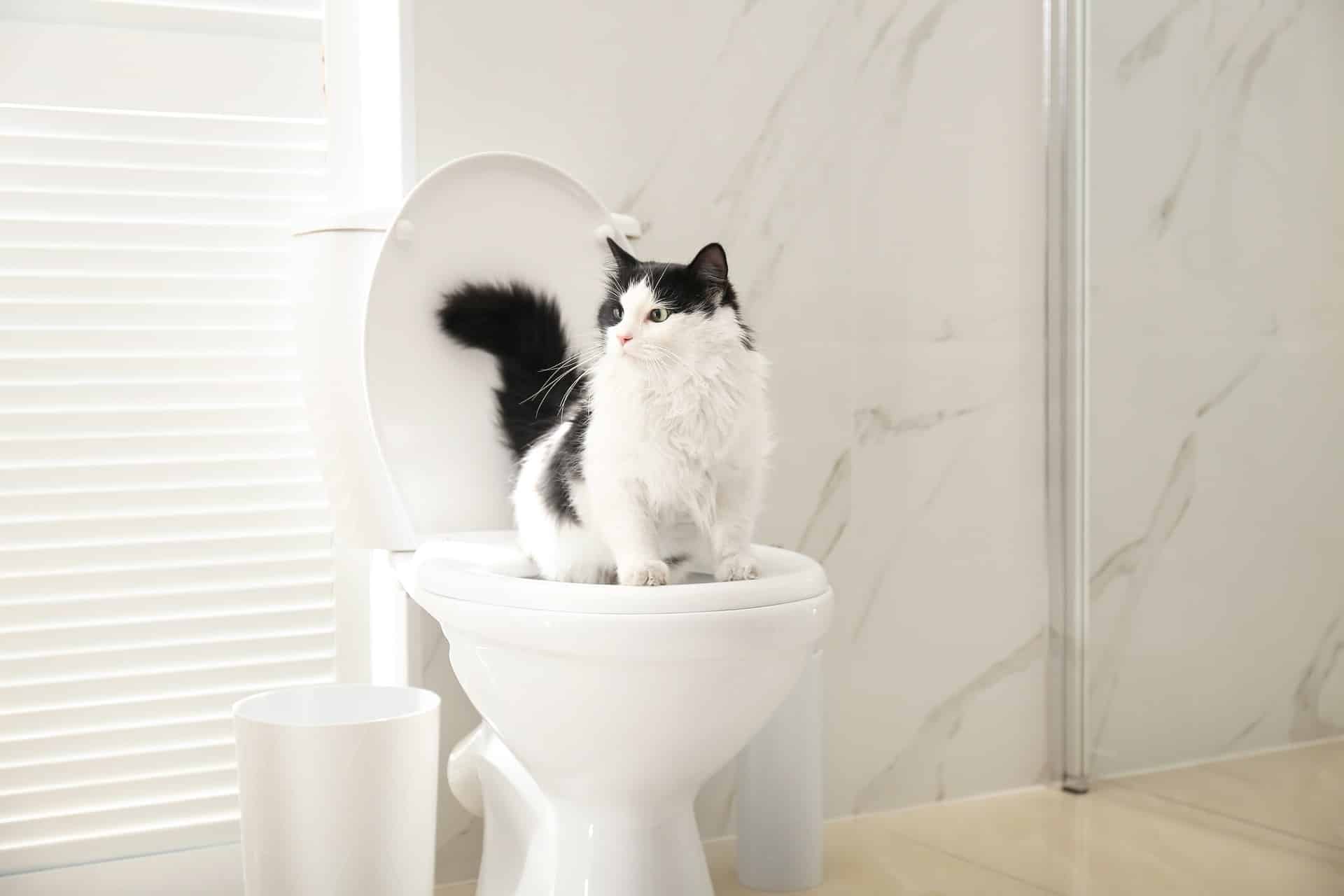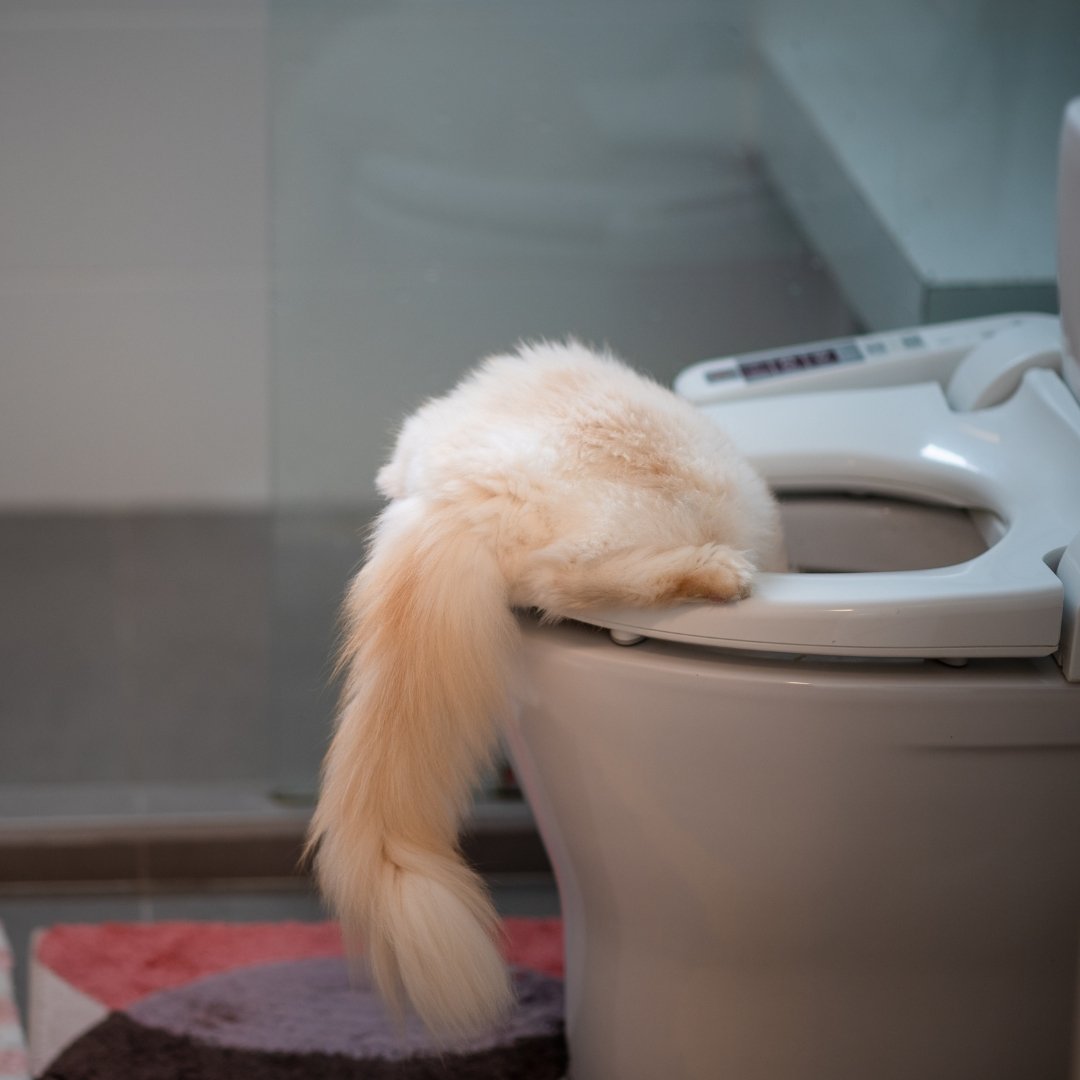Which Flushing Animal Waste May be Not Advisable
Which Flushing Animal Waste May be Not Advisable
Blog Article
Right here on the next paragraphs you can find additional reliable information and facts pertaining to Should you flush animal waste down the toilet.

When it concerns getting rid of waste, especially animal waste, lots of people often turn to the hassle-free choice of flushing it down the bathroom. Nonetheless, this relatively very easy service can have significant consequences for the setting and public health. In this post, we'll explore why flushing pet waste down the bathroom is a negative idea and supply different methods for proper disposal.
Introduction
Correct waste disposal is crucial for preserving environmental sustainability and public health. While it may seem harmless to purge animal waste down the bathroom, it can lead to different problems, both for the setting and human health.
Risks of flushing pet waste
Ecological effect
Flushing pet waste presents hazardous germs and pathogens into rivers, which can negatively affect marine communities. These virus can pollute water resources and damage aquatic life, interrupting delicate communities.
Public health concerns
Animal waste includes damaging bacteria such as E. coli and Salmonella, which can position significant health threats to humans. Flushing pet waste down the toilet can infect water products, leading to the spread of diseases and infections.
Alternatives to flushing
Rather than flushing animal waste down the commode, there are a number of alternate disposal approaches that are much more environmentally friendly and hygienic.
Composting
Composting pet waste is an environment-friendly way to take care of it. By composting, organic matter is broken down into nutrient-rich soil, which can be utilized to feed gardens and plants.
Landfill disposal
Disposing of animal waste in a land fill is one more option. While not as environmentally friendly as composting, it is a much safer choice to flushing, as it stops the contamination of water sources.
Animal waste disposal systems
There are customized family pet garbage disposal systems offered that safely and hygienically get rid of pet waste. These systems often make use of enzymes to break down waste and eliminate odors.
Actions to correct animal waste disposal
To guarantee appropriate disposal of pet waste, follow these actions:
Scooping and bagging waste
Regularly scoop and bag animal waste making use of eco-friendly bags. This avoids waste from infecting the atmosphere.
Making use of assigned waste bins
Dispose of bagged animal waste in designated waste containers, such as compost bins or land fill containers. Avoid flushing it down the commode at all expenses.
Cleansing litter boxes and family pet areas consistently
Routinely clean can and pet dog locations to avoid the accumulation of waste and germs. Usage pet-safe cleaning items to maintain hygiene.
Advantages of proper disposal methods
Taking on appropriate disposal approaches for animal waste uses numerous advantages:
Minimized environmental pollution
Proper disposal techniques lower the risk of environmental pollution, securing rivers and environments from contamination
Decreased risk of water contamination.
By staying clear of flushing animal waste down the toilet, the risk of water contamination is dramatically lowered, safeguarding public health.
Improved sanitation and hygiene
Correct disposal techniques advertise better sanitation and health, creating a much safer setting for both people and animals.
Conclusion
Finally, purging pet waste down the toilet is damaging to the atmosphere and public health. By taking on alternative disposal approaches and adhering to correct waste administration practices, we can decrease the unfavorable influence of pet waste and contribute to a cleaner, much healthier earth.
Why You Should Never Flush Cat Poop Down the Toilet
A rose by any other name might smell as sweet, but not all poop is created equal. Toilets, and our sewage systems, are designed for human excrement, not animal waste. It might seem like it couldn’t hurt to toss cat feces into the loo, but it’s not a good idea to flush cat poop in the toilet.
First and foremost, assuming your cat uses a litter box, any waste is going to have litter on it. And even the smallest amount of litter can wreak havoc on plumbing.
Over time, small amounts build up, filling up your septic system. Most litter sold today is clumping; it is made from a type of clay that hardens when it gets wet. Ever tried to scrape old clumps from the bottom of a litter box? You know just how cement-hard it can get!
Now imagine just a small clump of that stuck in your pipes. A simple de-clogger like Drano isn’t going to cut it. And that means it’s going to cost you big time to fix it.
For an amusing, graphic tale of what happens when you flush too much litter down the toilet all at once, take a few minutes to read Gene Weingarten’s 2017 Washington Post column “So that’s what happens when you flush cat litter down the toilet.”
Parasitic Contamination
Believe it or not, your healthy kitty may be harboring a nasty parasite. Only cats excrete Toxoplasma in their feces. Yet it rarely causes serious health issues in the cats that are infected. Most people will be fine too if infected. Only pregnant women and people with compromised immune systems are at risk. (If you’ve ever heard how women who are expecting are excused from litter cleaning duty, Toxoplasma is why.)
But other animals may have a problem if infected with the parasite. And human water treatment systems aren’t designed to handle it. As a result, the systems don’t remove the parasite before discharging wastewater into local waterways. Fish, shellfish, and other marine life — otters in particular — are susceptible to toxoplasma. If exposed, most will end up with brain damage and many will die.
Depending on the species of fish, they may end up on someone’s fish hook and, ultimately on someone’s dinner plate. If that someone has a chronic illness, they’re at risk.
Skip the Toilet Training
We know there are folks out there who like to toilet train their cats. And we give them props, it takes a lot of work. But thanks to the toxoplasma, it’s not a good idea.
Leave the toilet to the humans, and accept your future litter cleaning duty.

Routinely clean can and pet dog locations to avoid the accumulation of waste and germs. Usage pet-safe cleaning items to maintain hygiene.
Advantages of proper disposal methods
Taking on appropriate disposal approaches for animal waste uses numerous advantages:
Minimized environmental pollution
Proper disposal techniques lower the risk of environmental pollution, securing rivers and environments from contamination
Decreased risk of water contamination.
By staying clear of flushing animal waste down the toilet, the risk of water contamination is dramatically lowered, safeguarding public health.
Improved sanitation and hygiene
Correct disposal techniques advertise better sanitation and health, creating a much safer setting for both people and animals.
Conclusion
Finally, purging pet waste down the toilet is damaging to the atmosphere and public health. By taking on alternative disposal approaches and adhering to correct waste administration practices, we can decrease the unfavorable influence of pet waste and contribute to a cleaner, much healthier earth.
Why You Should Never Flush Cat Poop Down the Toilet
A rose by any other name might smell as sweet, but not all poop is created equal. Toilets, and our sewage systems, are designed for human excrement, not animal waste. It might seem like it couldn’t hurt to toss cat feces into the loo, but it’s not a good idea to flush cat poop in the toilet.
First and foremost, assuming your cat uses a litter box, any waste is going to have litter on it. And even the smallest amount of litter can wreak havoc on plumbing.
Over time, small amounts build up, filling up your septic system. Most litter sold today is clumping; it is made from a type of clay that hardens when it gets wet. Ever tried to scrape old clumps from the bottom of a litter box? You know just how cement-hard it can get!
Now imagine just a small clump of that stuck in your pipes. A simple de-clogger like Drano isn’t going to cut it. And that means it’s going to cost you big time to fix it.
For an amusing, graphic tale of what happens when you flush too much litter down the toilet all at once, take a few minutes to read Gene Weingarten’s 2017 Washington Post column “So that’s what happens when you flush cat litter down the toilet.”
Parasitic Contamination
Believe it or not, your healthy kitty may be harboring a nasty parasite. Only cats excrete Toxoplasma in their feces. Yet it rarely causes serious health issues in the cats that are infected. Most people will be fine too if infected. Only pregnant women and people with compromised immune systems are at risk. (If you’ve ever heard how women who are expecting are excused from litter cleaning duty, Toxoplasma is why.)
But other animals may have a problem if infected with the parasite. And human water treatment systems aren’t designed to handle it. As a result, the systems don’t remove the parasite before discharging wastewater into local waterways. Fish, shellfish, and other marine life — otters in particular — are susceptible to toxoplasma. If exposed, most will end up with brain damage and many will die.
Depending on the species of fish, they may end up on someone’s fish hook and, ultimately on someone’s dinner plate. If that someone has a chronic illness, they’re at risk.
Skip the Toilet Training
We know there are folks out there who like to toilet train their cats. And we give them props, it takes a lot of work. But thanks to the toxoplasma, it’s not a good idea.
Leave the toilet to the humans, and accept your future litter cleaning duty.

We were made aware of that article about Can You Flush Dog and Cat Poo Down the Toilet? from an associate on our other web blog. Are you aware of anybody else who is fascinated by the subject? Take a moment to promote it. Many thanks for taking the time to read it.
Need Help? Hire Us Now! Report this page